International Canoe Europa Cup 1994
Carnac, France
35 sailors from 6 countries converged on Carnac in Southern Brittany for the first Europa Cup event to be held in France. Although the practice race could not be started through lack of wind, the rest of the week was blessed by light breezes and warm sunshine.
Each of the 6 races was won by a different helmsman - 3 Swedes and 3 Brits, which is an indication of the depth of talent within the class today. It was a chance for the many veterans of the class with ten or more years experience to pit their wits against the suppler limbed relative newcomers.
The holiday resort of Carnac induced a particularly pleasant family atmosphere among the competitors, and apart from some confusion over the shifting of marks, the organisation ran smoothly. The racing was extremely close with much position changing, and the eventual leaders owed their success more to consistent strategies and tactics rather than flashes brilliance or outstanding boat speed.
Very rarely did a boat lead from start to finish, but finding clear wind rather than being at the right end of the line was generally the first step to success. A poor first beat could be put right by correctly choosing to [go] high or low or finding a funnel of wind through the middle on the first two reaches. The choice of which side to go up the second beat was often the most critical decision to make in each race. After that it was getting a good position at marks, picking up the minor windshifts and bends correctly together with slick boat handling which determined how many more places could be gained.
It is always interesting to see the latest ideas and compare national characteristics. The Swedish boats, which are all home built, tend to have the most imaginative layouts with some radical rigs which included a sleeve luff and a twin luff mainsail. The Germans have a preference for flat foredecks and unusual sliding seats. The British boats tend towards the more traditional look, but without stinting on the use of carbon-fibre and epoxy and complex rig controls. The French fleet, being only 3 years old, is currently made up of old British and Swedish boats until they get geared up to build their own.
The overall winner and other leading British boats were Razorbacks but boats from the Brown-Ellis and Windebank moulds and also wooden Miles boats proved equally quick at times. A wide variety of sailmakers were represented, with perhaps a predominance of Morrisons and the distinctive clear mylar Orange sails near the front. An increasing number of Canoes are now sporting carbon masts, but as yet they show no conclusive advantage.
Phil Robin

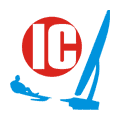

Ulrike_veerkamp.jpg)
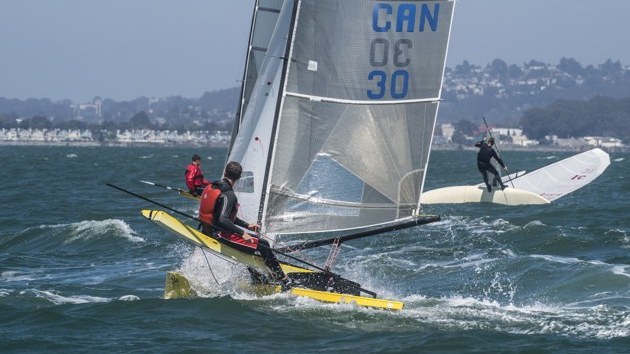
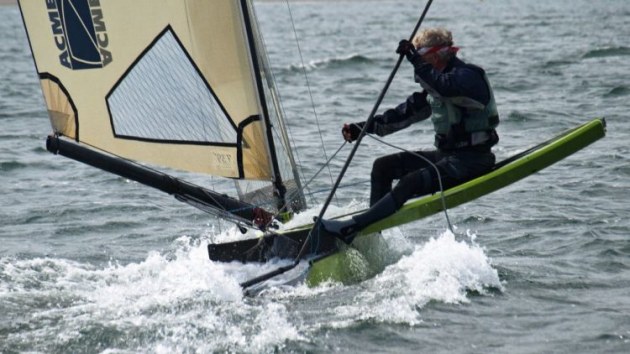
Ulrike_veerkamp.jpg)
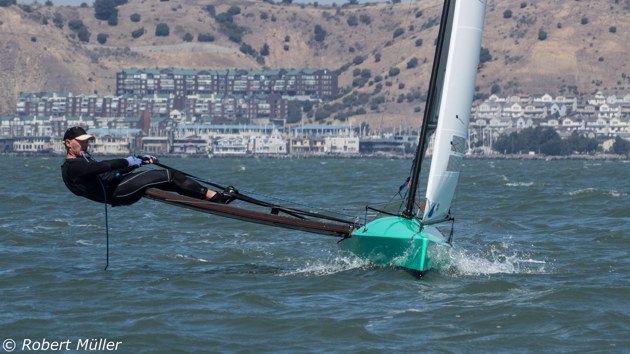
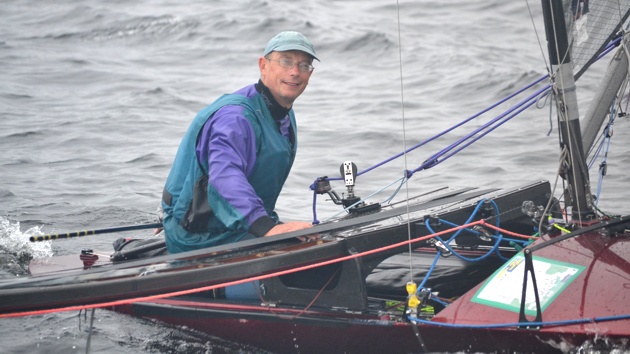
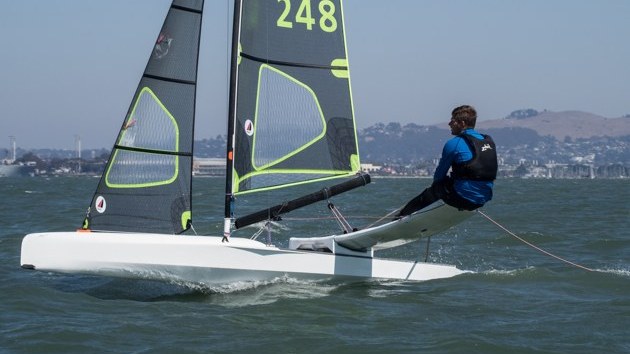
Ulrike_veerkamp.jpg)